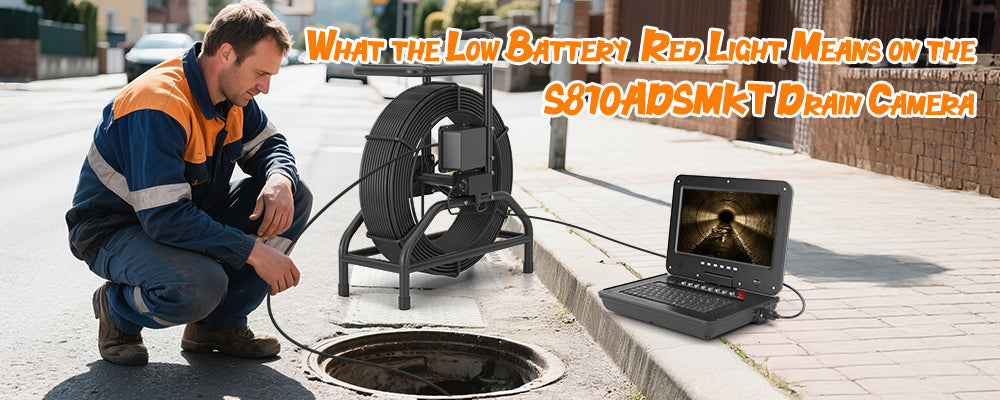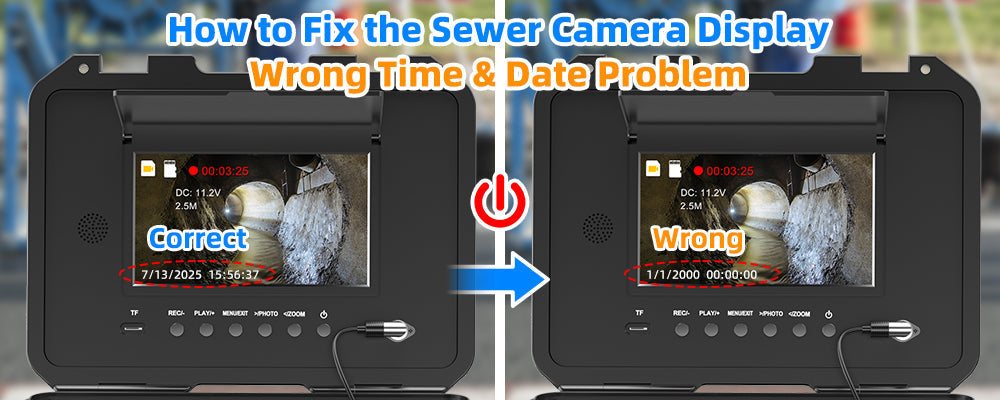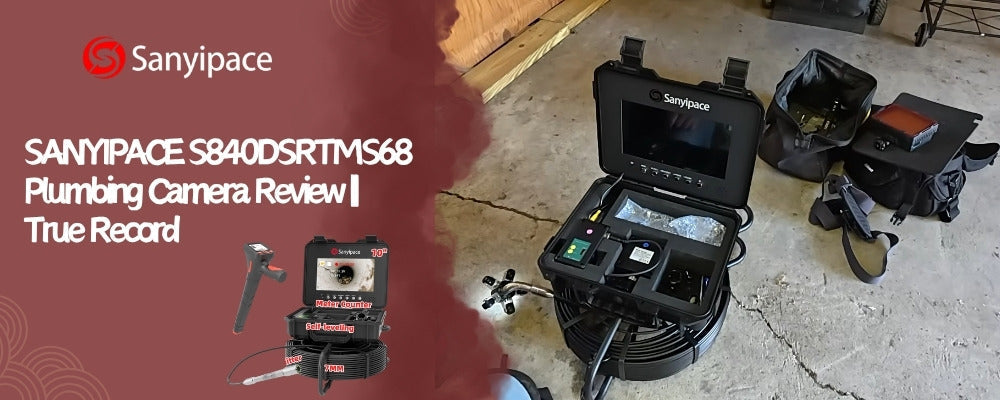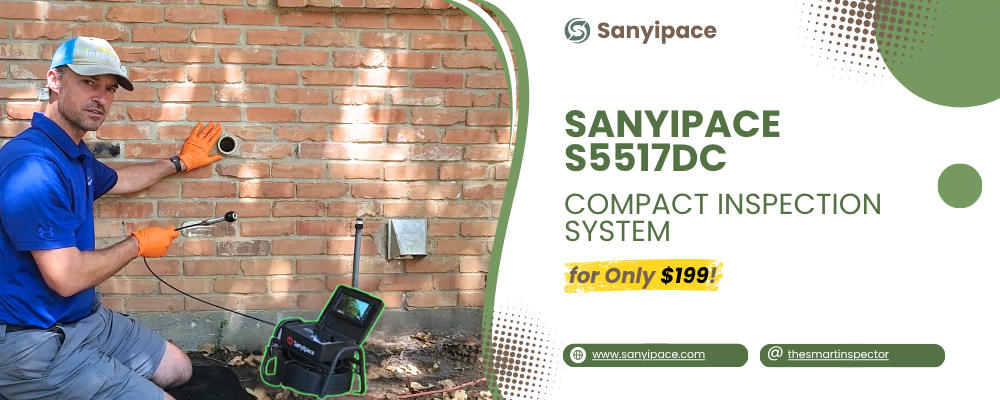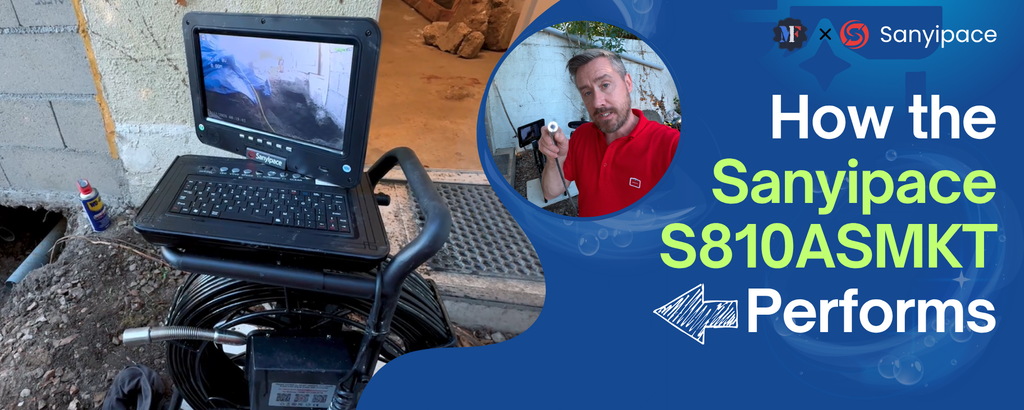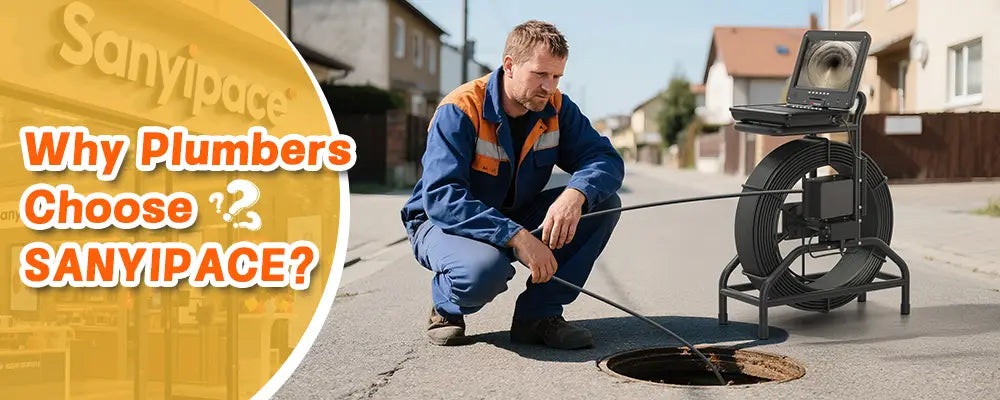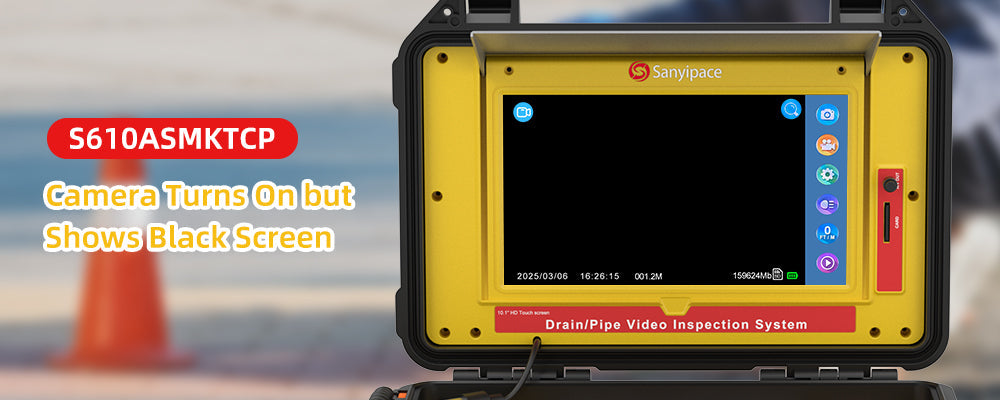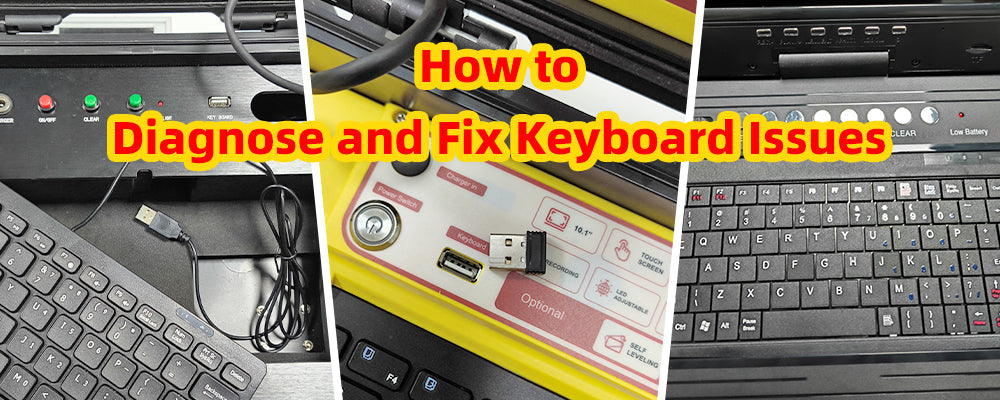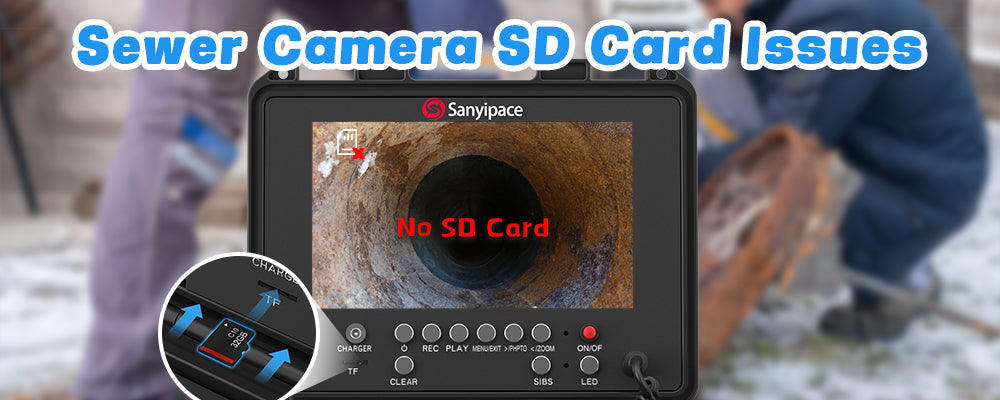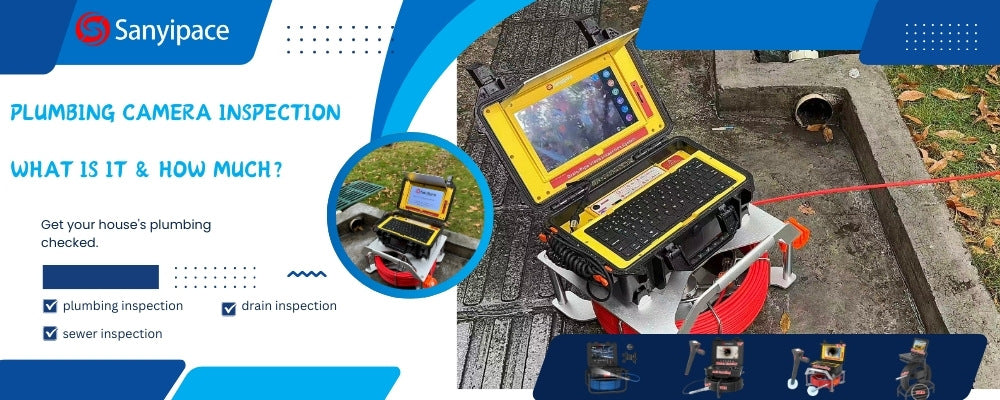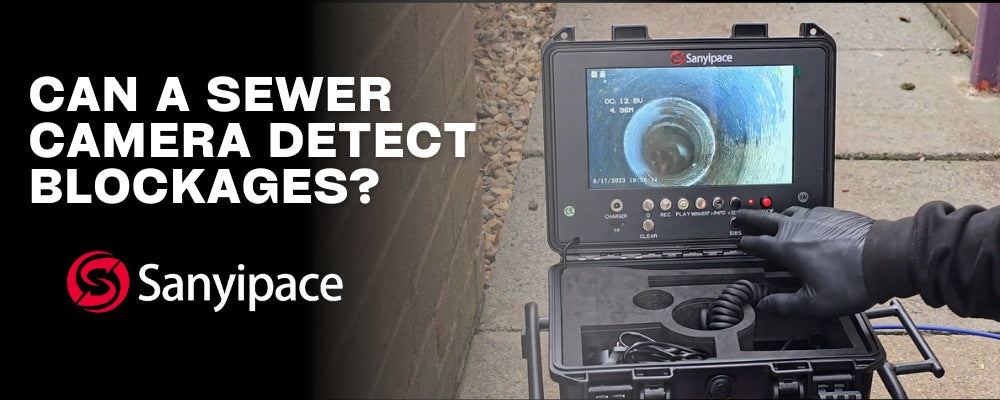Plumbing Camera Inspection: What Is It & How Much?
Plumbing Camera Inspection is a non-destructive testing method that uses a small waterproof camera to examine the interior condition of pipes. It can pinpoint blockages, leaks, and breaks in real time, offering greater precision and saving time compared to traditional excavation-based inspections. Generally, a standard plumbing camera inspection costsapproximately
If you need to quickly identify plumbing issues without digging up floors or walls, this technology is the most effective solution. Next, we'll delve into how it works, when it should be used, and the key factors that influence pricing.
What is a Plumbing Camera Inspection?
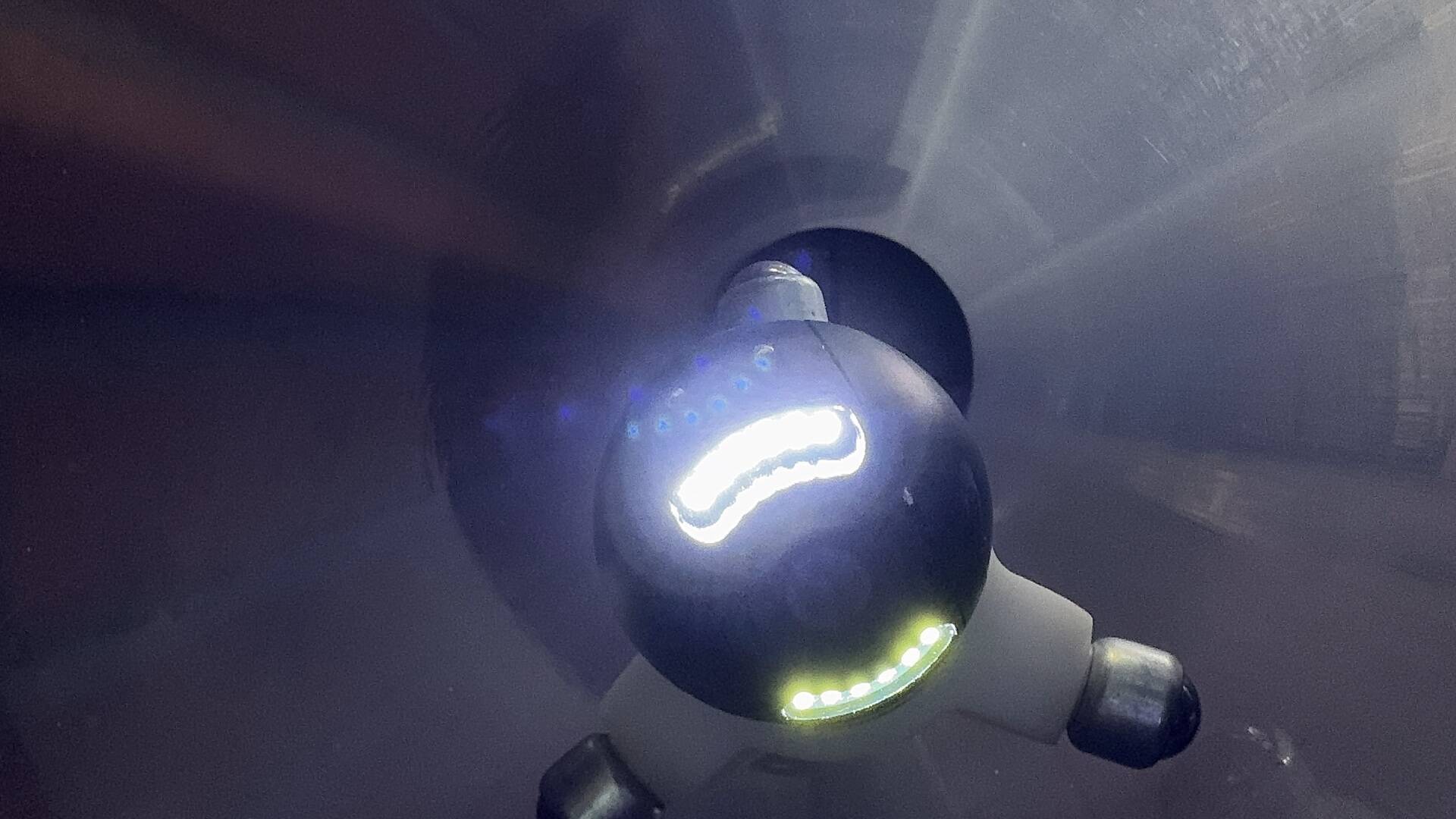
- Blockages & Clogs: Pinpointing the exact location of grease or debris buildup.
- Root Intrusions: Detecting tree roots, the cause of nearly 50% of sewer line backups.
- Structural Damage: revealing cracks, misalignments, and corrosion before they cause pipe failure.
- Structural Damage: revealing cracks, misalignments, and corrosion before they cause pipe failure.
How Does a Plumbing Camera Inspection Work?
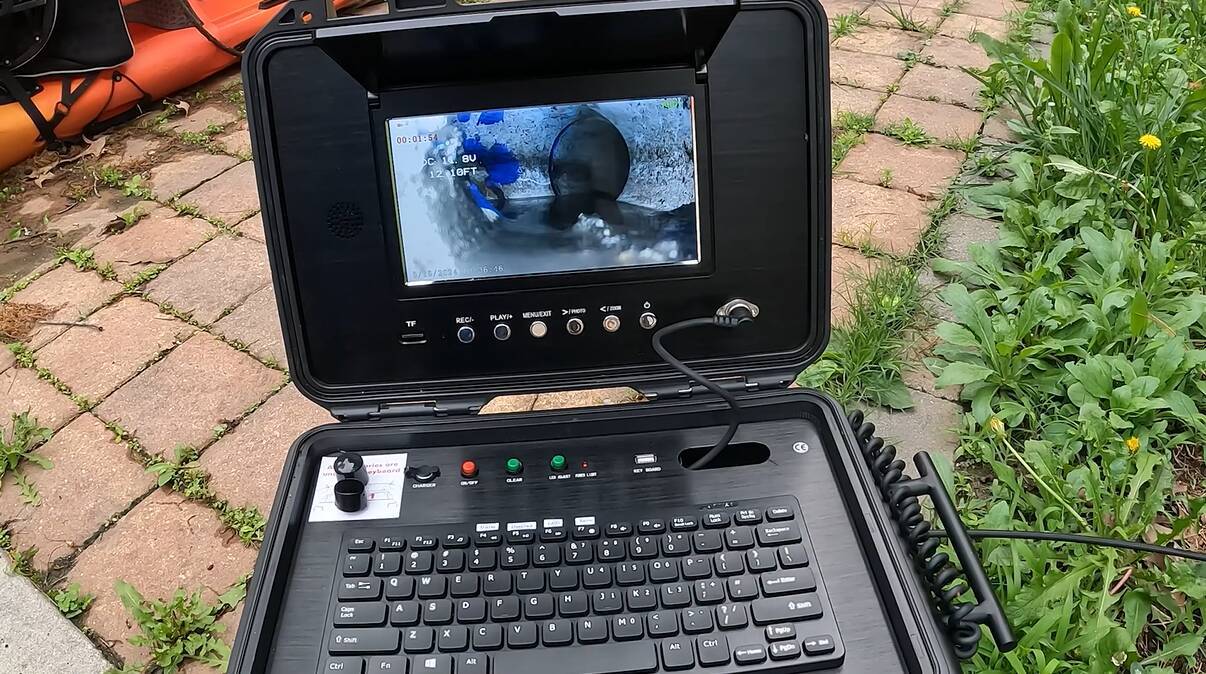
Here is the typical plumbing camera inspection workflow:
1. Insertion: The camera enters via an existing access point (cleanout).
2. Navigation: The rod extends deep into the system, illuminating dark pipes with powerful LEDs.
3. Real-Time Diagnosis: Technicians monitor the feed to spot blockages or structural defects instantly.
4. Documentation: Footage is recorded for your review and future reference.
The entire process is remarkably efficient. A standard residential inspection is typically completed in 45 to 60 minutes, providing precise insights and a clear repair plan without the need for a single shovel.
Types of Plumbing Camera Inspections

- Sewer lateral camera inspection
- Sewer drain camera inspection
- Commercial sewer camera inspection
A. Sewer Lateral Camera Inspection
- Target: The underground line running from your foundation to the street.
- Why it matters: Essential for homes built before 1980, which often use clay or Orangeburg pipes susceptible to collapse.
- We Detect: Tree root infiltration (the leading cause of lateral failure), pipe separation, and structural cracks. Identifying these early can prevent a full line replacement, saving thousands in excavation costs.
B. Sewer Drain Camera Inspection
- Target: Kitchen sinks, laundry lines, and bathroom drains.
- Why it matters: Locates internal obstructions before they cause water damage or mold.
- We Detect: Stubborn grease accumulation (responsible for approx. 47% of sewer overflows), foreign objects, and internal corrosion. It is a quick, non-invasive check ideal for resolving recurring slow drains.
C. Commercial Sewer Camera Inspection
- Target: Office buildings, restaurants, industrial facilities, and multi-unit properties.
- Why it matters: Ensures compliance with municipal codes and prevents downtime. A plumbing failure can halt business operations instantly.
- We Detect: Structural fatigue from high-volume usage, code violations, and unauthorized connections. Regular inspections are vital for risk management and property leasing requirements.
Benefits of Plumbing Camera Inspections

- Cost-Effective Maintenance: A proactive inspection typically costs less than 10% of the price of a major sewer line replacement. Catching a small crack today prevents it from becoming a collapsed line tomorrow.
- Accurate Diagnosis: We identify the exact location of issues (within inches) and the specific cause—whether it’s a root intrusion, offset, or corrosion. This ensures you only pay to fix the actual problem, not a guess.
- Extended Lifespan: Regular "check-ups" allow for timely cleaning (like hydro-jetting), which can extend the operational lifespan of your plumbing infrastructure by years.
- 100% Non-Destructive: No jackhammers, no mess.
- Visual Proof: You receive video evidence of the pipe's condition.
- Real Estate Leverage: A verified "clean" sewer report increases property value and confidence during real estate transactions.
Common Issues Detected by Video Sewer Line Inspections

- Pipe blockages
- Cracks and fractures
- Root intrusion
When Should You Schedule a Video Drain Inspection?

- Persistent clogging or slow drainage
- Noxious smells or unusual sounds
- Before buying a home
- Post-repair verification
The Plumbing Camera Inspection Process: Step-by-Step
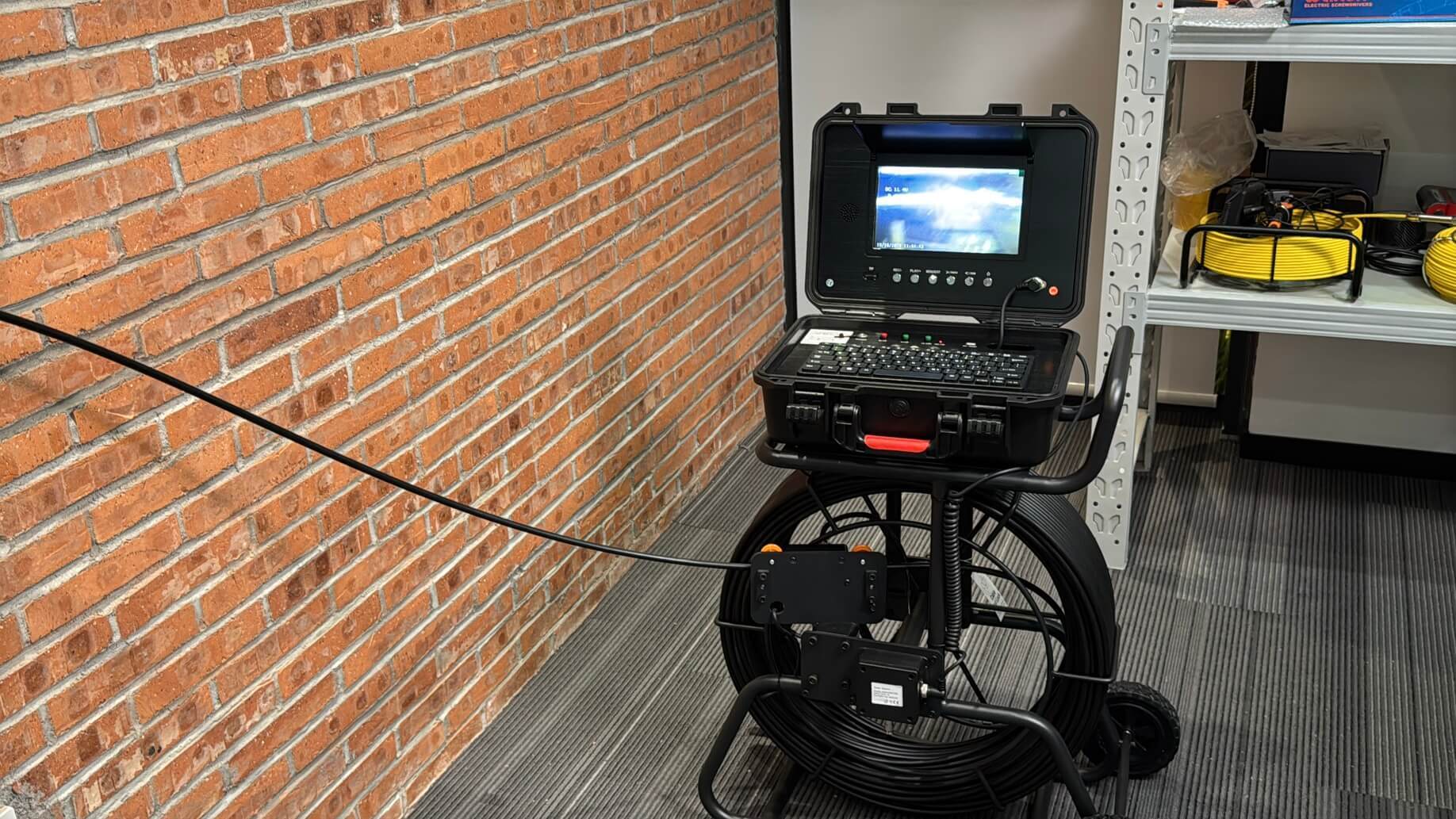
- Initially, a technician prepares by examining the layout of your plumbing system. This helps in identifying the best access points for the inspection.
- Next, they insert a flexible rod with a camera into the pipe system. This rod can navigate through twists and turns in the plumbing.
- The camera transmits live video footage to a monitor. This real-time view helps identify issues such as blockages, leaks, or corrosion.
- Technicians use the footage to diagnose problems accurately. They can spot even small cracks or root intrusions that might cause future disruptions.
- Once the inspection is complete, a detailed report is often prepared. This report outlines findings and may include recommendations for further action.
How Much Does a Plumbing Camera Inspection Cost?

Choosing a Plumbing Camera Inspection Service
FAQ
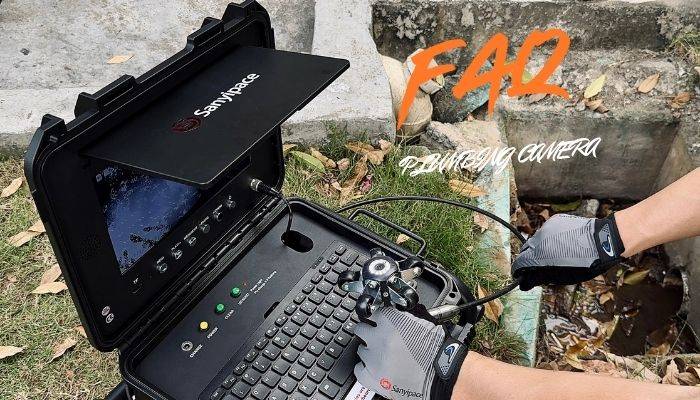
What Can a Sewer Video Inspection Find?
It can locate blockages, leaks, and damage with 99% accuracy. This includes structural cracks, corrosion, and critical root intrusions—the cause of nearly 50% of all sewer backups.
How Long Does It Take?
Most inspections are completed efficiently within 45 to 60 minutes for standard residential lines. Highly complex or commercial systems may require more time.
Do They Damage My Pipes?
No, these inspections are entirely non-invasive. They use flexible camera lines to view the pipe’s interior without causing harm, saving you the expensive
Can I Get a Copy of the Video?
Yes, reputable companies always provide the full footage and a detailed diagnostic report for your records and future reference.
Is It Suitable for All Types of Pipes?
It is suitable for the vast majority of modern plumbing systems, typically covering lines ranging from 1.5 inches up to 12 inches in diameter.
How often should this be done? Regular inspections every one to two years are recommended, especially for homes built before 1980 or those with recurring tree root issues.
Conclusion: Is a Plumbing Camera Inspection Right for You?
A plumbing camera inspection is a smart choice for proactive homeowners and businesses. It helps uncover hidden plumbing issues without damage or mess. Whether for preventative maintenance or pinpoint problem-solving, this method provides crucial data, saving thousands in major repair costs and ensuring your plumbing system runs smoothly.
Ready to maximize your savings?
Instead of paying a recurring diagnostic fee for every small issue, consider making a one-time investment in your own plumbing camera. A quality, homeowner-grade camera unit often pays for itself in just 1 to 3 self-inspections.
Use your own equipment for routine checks and to identify the exact nature and location of any problem. If your inspection reveals a major structural issue (like a pipe collapse or significant offset), you can then call a professional plumber. You will save the costly diagnostic fee and provide the plumber with the precise video evidence they need, allowing them to skip the guesswork and move straight to the solution.
Related reading: Rental Vs Buy Sewer Camera: Which Is Better Value?





